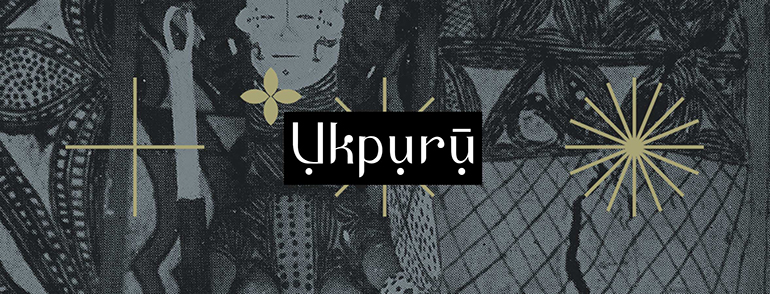
A young Igbo woman from Onicha Olona, or surrounding settlement, c. 1912-13. Onicha Olona is an Enuani settlement, an Igbo population west of the Niger River. Many of these settlements were founded by migrations from east of the Niger River (Oshimili) hundreds of years ago. These settlements came into much contact with the Edo and Igala. The Benin Empire especially influenced their political structures and even populations, particularly after the conquering 15th century Oba, Oba Ewuare.






